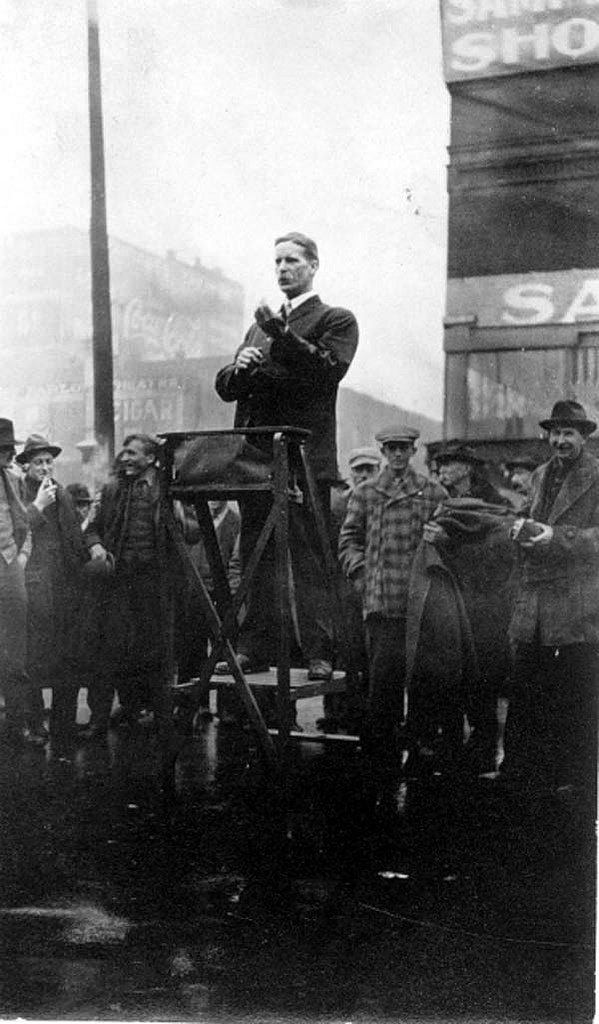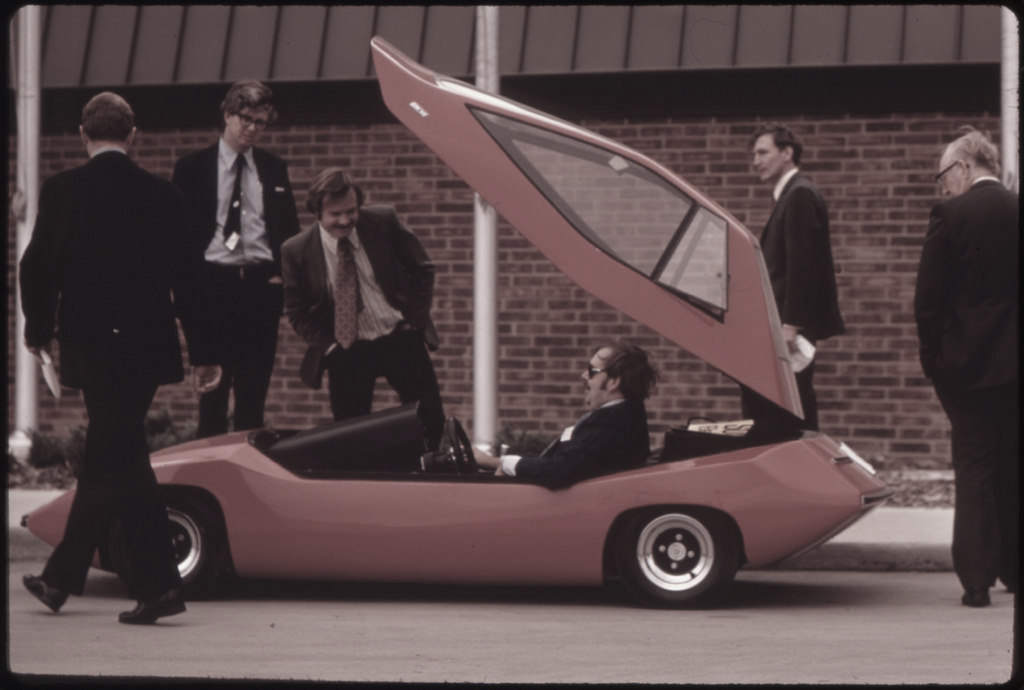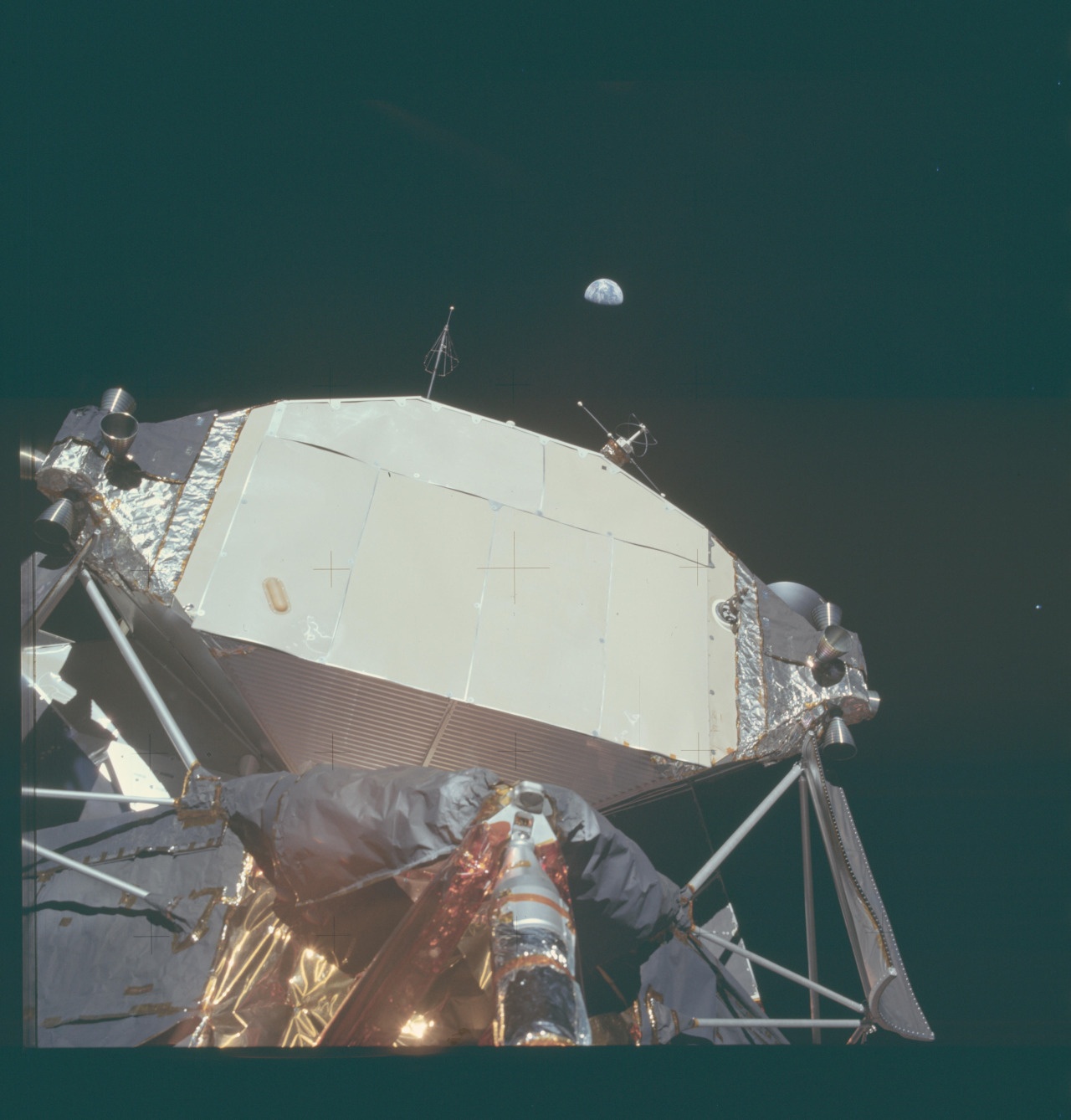On a recent episode of A Brave New Podcast, I had the pleasure of talking with Paul Daniels, keynote speaker and Chief Revenue Officer of Intelligent Contacts, a communication and payment software company.
Our wide ranging conversation touched on everything from the varied industries Paul has worked in—industries like healthcare and hospitality, mining and high fashion —to how he was wrongly labeled “slow, dumb, lazy, and kind of a daydreamer” during his school years.
At the age of 40, Paul was diagnosed with dyslexia, which placed him in the same ranks as roughly 10% of the population, including innovators like Albert Einstein, Henry Ford, and Richard Branson. This discovery led him down a rabbit hole on the correlation between how dyslexics learn and peripheral thinking.
What is peripheral thinking? As Paul describes it, it’s a byproduct of the skills dyslexic people are born with—skills that can be learned, he argues, and applied to an array of work, including marketing.
As an example of peripheral thinking, Paul asked me to imagine I was standing in a field. A big challenge presents itself to me, but instead of taking that challenge head on, he suggested I cover my eyes and concentrate on both what I know is right in front of me and what I remember it looking like.
Paul then told me to imagine what the challenge would look like in my memory if I imagined what it would like from a different angle—say, 100 yards to the right. “As we look at the object or obstacle from that perspective, what does that enlighten for us? What more can we learn?” he said. This is peripheral vision.
Then, he encouraged me to stop focusing on what was right in front of me and instead switch my focus to whatever or whoever was 100 yards to the right. This is peripheral thinking. And when applied to a job like marketing, it has the potential to take your work beyond the conventional thinking and practices of your competitors.
“Peripheral thinking is the collection of input, regardless of the source,” he said. “It’s understanding the elements and then being able to apply bits and pieces of those experiences in new ways to approach your existing challenge or achieve your goal.”
He added: “When JFK said, ‘Hey, we’re going to put a person on the moon by the end of the decade,’ conventional wisdom said, ‘You’re going to do what? It’s not going to happen.’ But peripheral thinking said, ‘Oh, awesome. Let’s get going.’ And that’s exactly what NASA did.”
So how can anyone build up their peripheral thinking capabilities? Paul offered some advice, including:
- Make contact with someone that is not a part of your industry
- Get out of yourself and get over yourself
- Be open to ideas as they come in conversations
- Take everything you’ve heard and learned and whittle them down to the elements that can be translated to your industry
According to Paul, these basic steps can open entire new avenues of creativity and problem solving. “We see things that most people miss, and we make connections where others would never see a connection being made,” he said.
“Innovative marketing,” he continued, “is something that is so simple that you go, ‘Wow! Why didn’t we think of that before?’ And the answer is because you were thinking linearly, or even laterally, but not in the periphery. You’re not getting those experiences and taking them for the value they are.”
You can listen to my full conversation with Paul here, check out A Brave New Podcast on whatever platform you use to consume your podcasts.
Don’t miss out, get Brave News now
Join the ABN community and be the first to learn about trends in inbound marketing, branding, and web design.






